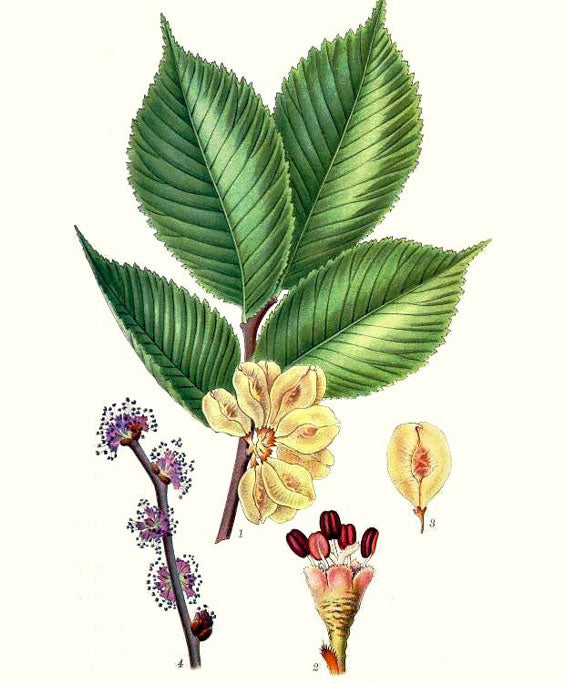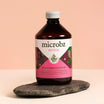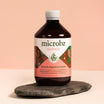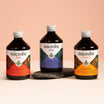Slippery Elm
Ulmas rubra

Family: Ulmaceae
Which probiotic is it in?: Slippery elm is a key ingredient in Revive
Habit and cultivation: Native to North America and grows well in poor soil conditions along river banks and damp meadows. Can be grown from seed in spring, is frost and drought tender and still collected wild.
Actions (known for): Demulcent, emollient and nutrient.
History of Slippery Elm
Parts used from the Slippery Elm
Inner bark, collected in spring.
Constituents (bio available chemicals):
Mucilage (polysaccharides) and tannins.
Nutritional constituents:
Vitamins: A, K and P. Minerals: iron, sodium, calcium, selenium, iodine, copper and zinc.
Indications:
Soothing to the digestive, respiratory and urinary tracts. Oesophagitis, colitis, peptic ulcer, gastritis, diarrhoea convalescence. Topically: boils, burns, wounds and abscesses.
Dosage:
Powdered bark: 5-20ml (made into a paste) and added in 10 x the amount of water. Ingested as many times as needed usually before food. Topically: as a poultice with water as hot as is bearable without damaging the surrounding skin.
British Herbal Pharmacopoeia
Gastric or duodenum ulceration. Boils and abscesses (poultice).
Cautions for therapeutic doses
Back to Microbzpedia



































